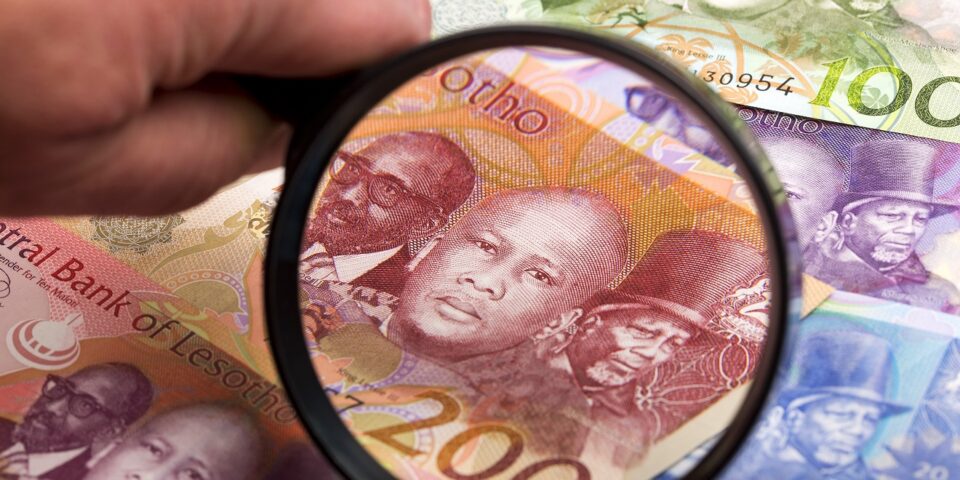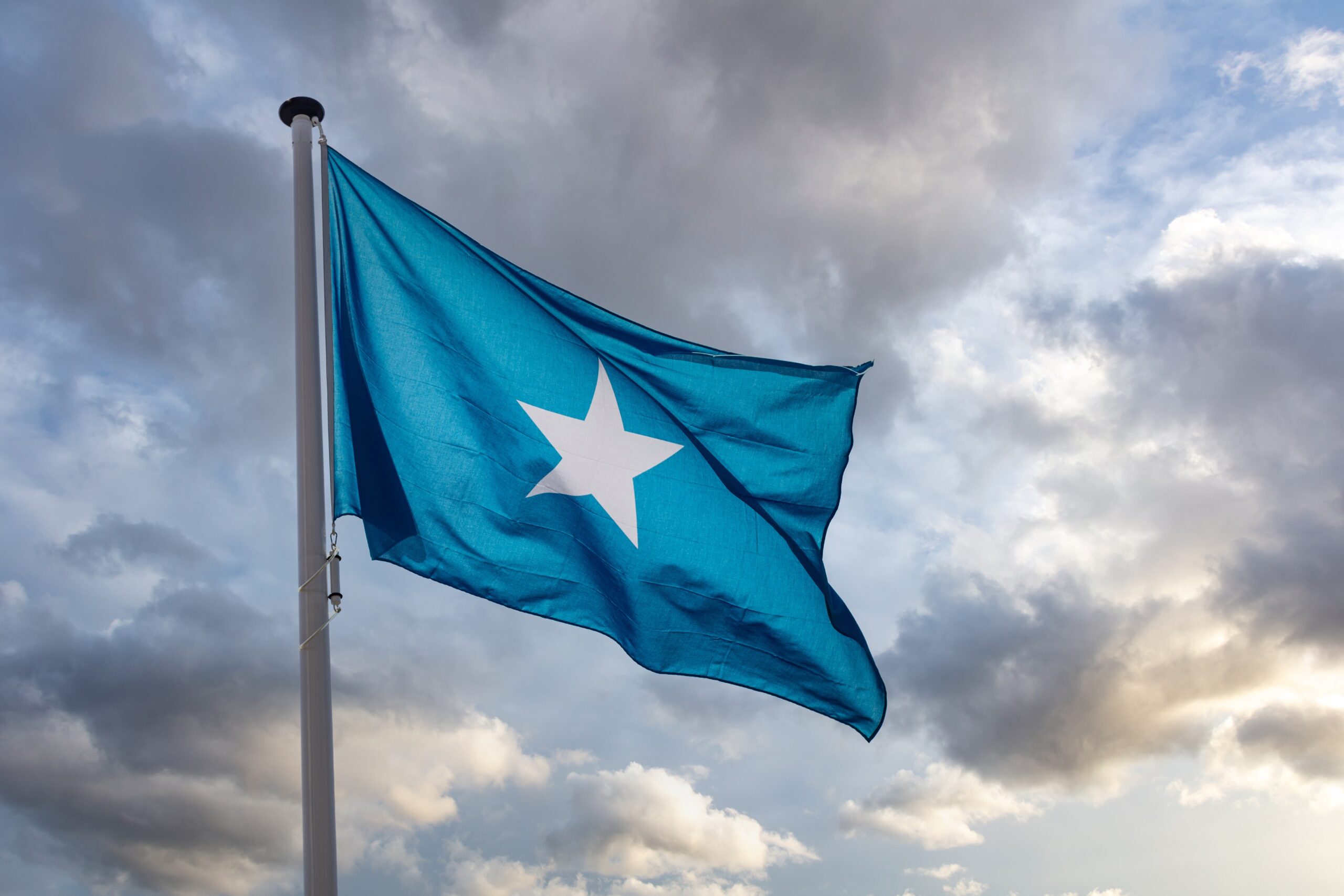This is the country of Lesotho : it defies most people’s expectations of what Africa is.
It is neither hot and arid nor humid and tropical but mountainous and often bone-chillingly cold.
A scenic land of tall mountains and narrow valleys
Lesotho has the highest base elevation of any nation in the world.
Meaning that the country lies entirely above 1000 meters in elevation and most of it around 1800 meters.
Its highest peak Mount Ntlenyana, is 3,482 metres above sea level.
With 2 major mountain ranges within its borders Lesotho owes its long history of political independence to thes e surroundings that have protected it
which have also led to the Nations’ peculiar position being nestled completely within the borders of the Republic of South Africa.
Making it the largest sovereign enclave in the world. ITs capital; MAseru is roughly 1000km away from Cape Town and 400 away from Pretoria. While the nearest foreign country is Eswatini previously known as Swaziland roughly 420km away.
There are only two other national enclaves in the world. Meaning countries within countries. Those would be Vatican State in Rome, Italy and San Marino also situated in Italy.
However both of those states pale in comparison to Lesotho when it comes to their territorial size and population
Lesotho’s population of 2 million 142 thousand is more comparable to countries like North Macedonia, Slovenia or Botswana.
While in terms of land area Lesotho is just a little smaller than the country of Belgium and larger than Armenia
Meaning that in terms of size and population Lesotho is not a microstate and very much a legitimate country.
So how did The Kingdom of the sky come to be?
Why is it not a part of South Africa?
And what is life like in this peculiar country?
The story of Lesotho officially begins with its first monarch Moshoeshoe, a man who formed his own clan and became a chief around 1804.
He and his followers settled around the northern parts of Lesotho between 1820 and 1823.
This was a very turbulent time for ethnic african communities as the region was going through what was known as the Mfecane – a period of widespread chaos and warfare.
As King Shaka created the militaristic Zulu Kingdom his forces caused a wave of warfare and disruption in the region.
Displacing many tribes, forcing them to move leading to further
widespread warfare and the consolidation and creation of new tribes such as the Sotho people who were united by Mosashoe in the 1820’s.
In the coming years the nationhood of the country was beginning to establish as the Sotho people defended the lands they had settled from the incursions of various British and Dutch colonists who were trying to settle there themselves.
This culminated in the Free State–Basotho Wars between Soto and The Orange Free State which was an independent Boer sovereign republic.
Ultimately the Basotho were not able to hold off the Boers. Their territory was overrun.
The Orange Free State forces had achieved great military success, and Moshoeshoe’s only hope was to ask the British for help.
On 12 March 1868, the British parliament declared the Basotho Kingdom a British protectorate. one of three such Territories (the others being Bechuanaland [now Botswana] and Swaziland now Eswatini).
The Orange Free State was forced to discontinue the war otherwise it would risk confronting the British.
Then in February 1869, the boundaries of present day Lesotho were drawn. Giving up much of the territory the tribe used to have.
but at least
No further armed conflict between the Free State and Basotho took place.
By swearing loyalty to the British, King Moshoeshoe was able to save his kingdom from being overrun.
He died two years later in 1870.
the territory remained essentially autonomous in the early years of colonial rule, with traditional Basotho chiefs wielding effective power as they always had.
In 1871 Britain handed over control to the Cape colony otherwise known as the Cape of Good Hope.
And In late 1870s Cape authorities attempted to consolidate their power over the region and enforce their laws.
Basutoland started chafing under the new restrictions and attempts to reduce the authority of its chiefs.
Matters came to a head in 1879 when a part of Basutoland was reserved for white settlement and the Basotho natives were required to give up their rights to firearms.
Within months, most Basotho chiefs were in open rebellion and the Colonial Cape forces suffered heavy casualties,
as the Basotho had obtained firearms from the Orange Free State and enjoyed a natural defensive advantage in their country’s mountainous terrain.
A peace treaty was signed with Basotho chiefs in 1881, The land remained in Basotho hands and the nation held onto its unrestricted access to firearms.
And ultimately the Cape Colony could not force its dominion over the Basotho who were more than willing to defend and protect the rule of its tribal chiefs.
So In 1884 the Cape Colony renounced its claim and the territory became a Crown colony by the name of Basutoland.
Since it was able to leave the Cape Colony it did not have the option of becoming a part of The Union of South Africa
Which was the precursor to the nation of South Africa that came into being on 31 May 1910 with the unification of the Cape Colony, the Natal Colony, the Transvaal, and the Orange River Colony.
Basutoland was left out and so its status would remain unchanged for quite some time until it gained independence from Britain and became the Kingdom of Lesotho in 1966.
At that point, South Africa had implemented full-blown apartheid, and Lesotho, with its majority native African population, couldn’t possibly join it.
Apartheid was characterised by an authoritarian political culture based on white supremacy, which ensured that South Africa was dominated politically, socially, and economically by the nation’s minority white population.
According to this system of social stratification, white citizens had the highest status, followed by Asians and Coloureds, then black Africans.
Lesotho of course opposed apartheid from the beginning and many political refugees ended up finding asylum there until the abolition of the apartheid in the mid-90s.
So how have things developed in the country since then?
Today The Basotho still form the overwhelming majority of the country’s population
Internally, divisions between different chiefdoms have caused much political tensions and riots in the country, but a sense of Sotho nationhood and cultural unity remains strong.
Lesotho is also home to a Zulu minority, a expanding population of Chinese migrants and other Asians, and a European community that is dominated by expatriate teachers, missionaries, aid workers, technicians, and development advisers.
One of the biggest challenges faced by the country today being that
Lesotho’s population is growing at a slower rate than that of most other African countries.
Even though the country’s birth rate is slightly above the world average.
The limiting factor being the high prevalence of AIDS/HIV meaning that
Lesotho’s population is relatively young, with the majority of the population below age 29.
And Life expectancy is also below the average for Africa and is ranked as one of the lowest in the world with the average being just around 55 years.
This is something that is somewhat difficult for the nation to fix as Lesotho is a very poor country with water and its labour force really being the main driving forces of its economy while being entirely reliant on its relationship with South Africa.
Historically, the Basotho have always seeked employment in South Africa
as much as half the adult male population worked on a temporary basis in South Africa in the early 20th century, predominantly in its gold mines but also other economic sectors.
So it wasn’t long ago that Lesotho had the distinction of having a higher proportion of its labor force temporarily employed outside its borders than any other country in the world.
it was normal for any adult to spend at least a year or two In South African mines like a passage to adulthood.
most migrants worked a few contracts to save enough money to get married, and then “retired” to farming in Lesotho or more often were forced to leave because their work contracts ran out.
And so Lesotho served as a labor reserve for South Africa’s mining industries for more than a century driving Lesotho’s economy before the migrant labor economy declined in the 1990s due to heightened restrictions.
Until the 1950s, Black Africans from Lesotho were treated within South Africa just like other South African Blacks.
This was because in 1911, when the Union of South Africa was established,a provision was made for the future incorporation of the three”High Commission Territories previously mentioned.
As a result, the South African government tended to treat the nationals of these countries similarly to its own natives.
and the British government tended to neglect their governance and development.
It was not until some point in the 1950s that it finally became clear that Basutoland and the two other former High Commission
Territories would not be incorporated into South Africa, and South Africa began imposing and progressively tightening border controls.
However, the border is of the kind that can never be sealed. In the Western lowlands, it is a river that for much of the year can be walked through;
much of the rest of it is in mountainous territory that would be impractical to fence effectively.
So crossing the border and
evading controls has always been possible.
Once in South Africa, a person from Lesotho can seek employment or self-employment in the large informal sector with relatively little fear of detection, and not much risk.
Although both sides have rejected politically unifying Lesotho with South Africa, it appears that in practice both governments have decided there is no point in trying to prevent this movement.
Seeing as it has always been easy to move between the countries educated and entrepreneurial people always choose to leave meaning the country has difficulty establishing a productive labour force.
And while the average wage in South Africa is worth about $1440 a month and the average in Lesotho is 780$ this trend is likely to continue well into the future.
——-
Since the 1990’s Lesotho has transformed itself into being another kind of reserve for South Africa
With the signing of a 1986 treaty to move forward with the Lesotho highlands water project
Lesotho became the first ever water exporting country in the world
Lesotho Highlands Water Project is an ongoing water supply project with a hydropower component, developed in partnership between the governments of Lesotho and South Africa.
It comprises a system of several large dams and tunnels throughout Lesotho and delivers water to the Vaal River System in South Africa.
It is Africa’s largest water transfer scheme.
The purpose of the project is to provide Lesotho with a source of revenue in exchange for the provision of water to South Africa, as well as generate hydroelectricity for Lesotho
Supporters of the water project describe it as a mutually beneficial agreement: Lesotho has abundant water, while South Africa faces severe water shortage
the idea of Lesotho being abundant in water is something that anchors its national identity and at the same time is commodified and sold.
In a way Lesotho’s Water abundance is a critical conceptual vehicle for linking water commodification to its national image and independence.
For if Lesotho did not have this one crucial resource then the basis for its nationhood would be greatly diminished and it would have little to no leverage in any negotiations with South Africa meaning it would always be completely at its mercy.
In reality however water abundance is highly localized in Lesotho.
With its extremely diverse topography, leading to diverse rainfall patterns and a patchy geography of water.
In addition to being localized spatially, water in Lesotho is localized temporally, with high seasonality.
Meaning that while the country produces and exports huge amounts of water its people are often left without it and are unable to attain it.
The massive dam reservoirs in the country seem to proclaim water abundance by their very existence. But even people living beside them lack well-maintained water taps or any form of irrigation and are prohibited from extracting water from the reservoir for their own use.
In truth corruption likely leads to Basotho seeing little benefit from their most abundant resource.
But it would be unfair to say that water is the only resource that Lesotho has.
In the north west of the country located in Maluti mountains you will find the world’s highest diamond mine.
The Letseng mine is famous for the size and quality of the diamonds it produces and has the highest average selling price per piece in the world.
Its special because it produces massive diamonds, sometimes the size of multiple golf balls.
But while the physical size of the diamonds found in this mine is huge the amount of excavation required for their extraction has historically made mining not highly profitable and overall, the quantity of diamonds being extracted in Letseng is very low compared to more profitable mines.
But not all of Lesotho is just mountains, water reservoirs, mines and pasture land.
The largest city Maseru was established as a police camp that evolved after the Free State Basotho War and was assigned as the capital after the country became a British protectorate in 1869.
When the country achieved independence in 1966, Maseru retained its status as capital.
The latest (2016) census lists the city’s population at 330,760, or around a tenth of the entire population of the country, and half of the total urban population in the nation.
The population of the city was 98,017 in the 1986 census, and 137,837 by the 1996 census, demonstrating the early rapid expansion of the city after its independence.
Urban life is a blend of traditional and Western culture.
In Maseru there are shops and markets that offer regional crafts and goods, as well as modern hotels, restaurants, and nightclubs.
Many buildings, however, were burned or damaged by looting following the general election of 1998 and the unrest that followed.
Considering the history and its relationship to South Africa, It is not surprising that the largest city of the country has evolved right on the border with South Africa where the edge of the city is defined by the Mohokare River and where South Africa begins.
Thereby facilitating labour exchange and migration between the two nations.
—————-
The contradictions created by Lesotho’s lack of economic independence in the face of political independence are reflected in the cultural life of the country.
The Sotho combines modern and traditional ways, providing continuity in a society that is disrupted by a system of migratory labour.
traditional authority is still exercised through a system of chieftaincy, extending from the king through the chiefs to the village level.
The chiefs are largely responsible for the working and distribution of land although this system has been hampered by recent legislations.
Despite increasing urbanization and the growth of modern institutions and bureaucracy, many Sotho are still interested in building a rural homestead and perpetuating traditional institutions. They also remain loyal to the chieftaincy system.
Circumcision forms an integral part of the initiation ceremonies that train boys to take their place as full members of the family, clan, and nation— which are the pillars holding up society.
Many young boys spend a large part of their lives as herdsmen, while women and young girls do much of the hard work in the fields.
Because of the sharp variations in climate, both men and women wear the traditional basotho blankets, one of the most distinguishing traits of the Basotho.
Men and women both wear the typical Sotho hats as well.
———————————————
While economically the near future of Lesotho is not looking very bright it is certainly a place of great beauty and ethnic traditions that I hope to visit one day.


